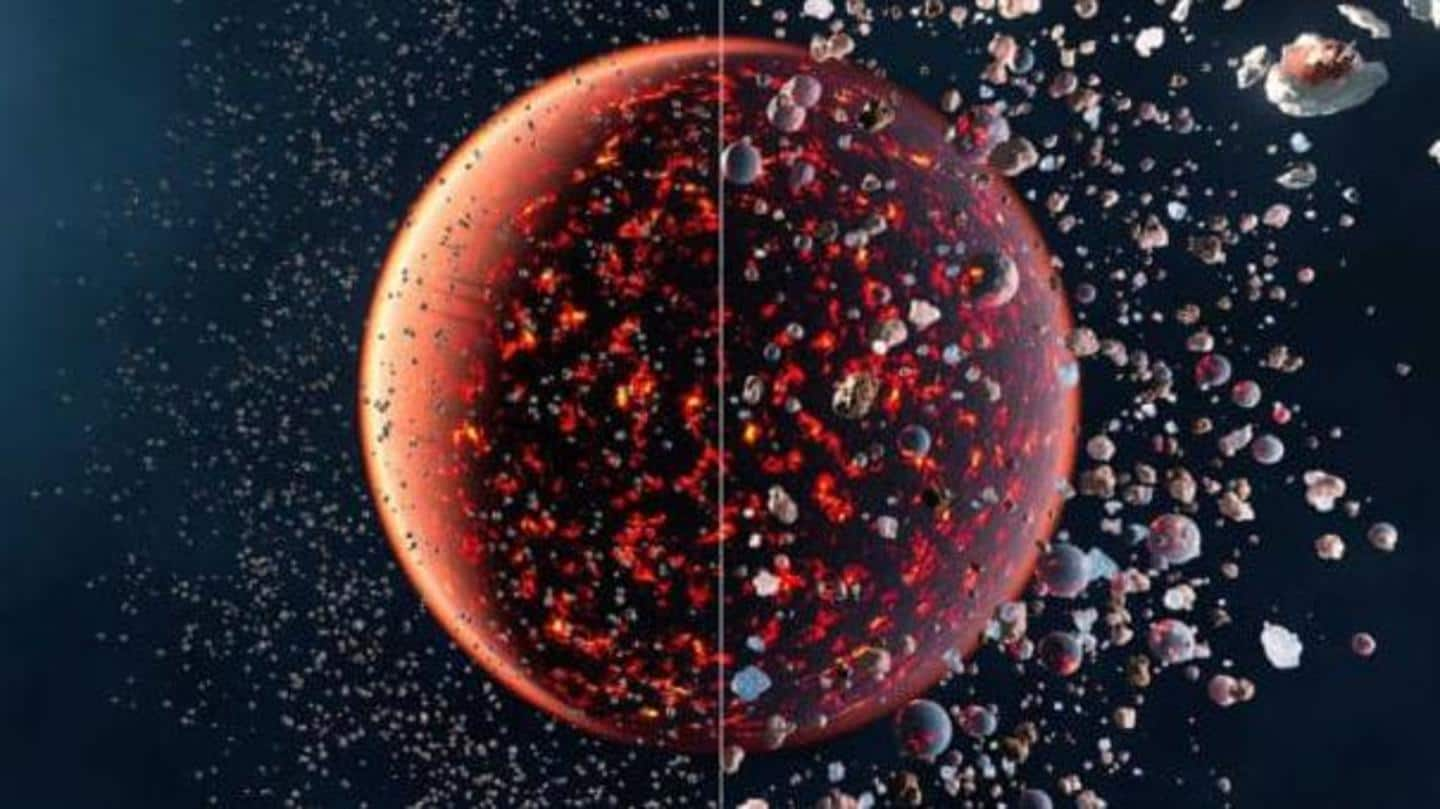
This new theory may explain the mystery of Earth's formation
What's the story
We have been studying Earth for the longest time, but some fundamental questions are still left unanswered. One of them is the question about the formation of our planet. A team of scientists led by ETH Zurich and the National Centre of Competence in Research PlanetS has a new answer to the question. Unsurprisingly, they question the prevailing theory of formation from chondritic asteroids.
Context
Why does this story matter?
We pride ourselves on the technological advancement we have managed to achieve over the years. Considering all the knowledge human beings have accumulated over centuries, does it surprise you that we are still unsure about our own planet's formation? However, the new findings could be the closure we have been waiting for as they answer several of our questions.
Current theory
The prevailing theory does not explain Earth's exact composition
Astrophysicists and chemical cosmologists believe that Earth was formed from chondritic asteroids. According to Paolo Sossi of ETH Zurich, these are relatively small, simple blocks made of metal and rocks formed in the primitive solar system. This theory, however, does not explain Earth's exact composition, which is much poorer in light, volatile elements like hydrogen and helium.
Discrepancy
Theory of vaporization by heat is not plausible
Several hypotheses have been put forward over the years to explain the discrepancy in the chondritic asteroid theory. One of them suggests that the collisions of Earth-forming objects produced tremendous heat that vaporized lighter elements. However, the isotopic composition of different elements on Earth renders this explanation implausible. If the theory of vaporization by heat was correct, light isotopes would have escaped Earth easily.
Planetisimals
Unlike chondrites, planetesimals have differentiated core, mantle
Notably, the theory proposed by Sossi's team is based on planetesimals. Planetesimals, like chondrites, are small bodies of rock and metal. They, however, have a differentiated core and mantle due to heating. Planetesimals formed in different areas around the Sun have different chemical compositions. Planetesimals formed by accruing small grains and, over time, they grew by accumulating more material through their gravitational pull.
New proposition
Combination of different planetesimals match Earth's composition
The big question faced by the team was whether the random combination of different planetesimals actually matched the exact composition of Earth or not. They ran simulations where thousands of planetesimals collided. They found that a combination of several different planetesimals could actually lead to Earth's effective composition. Interestingly, Earth's composition was the most statistically likely outcome of the simulations too.
Other planets
How does the discovery help in understanding other planets?
The simulations ran by Sossi's team were designed in such a way that the planets produced over time would match the four rocky planets: Mercury, Venus, Earth, and Mars. From the findings on Earth's composition, it is clear that we can use it to study the formation of other rocky planets and even exoplanets of other stars.